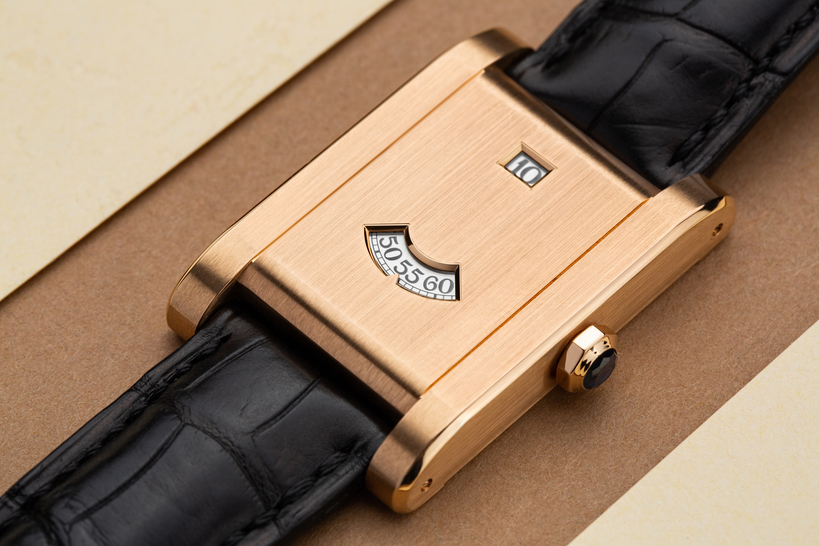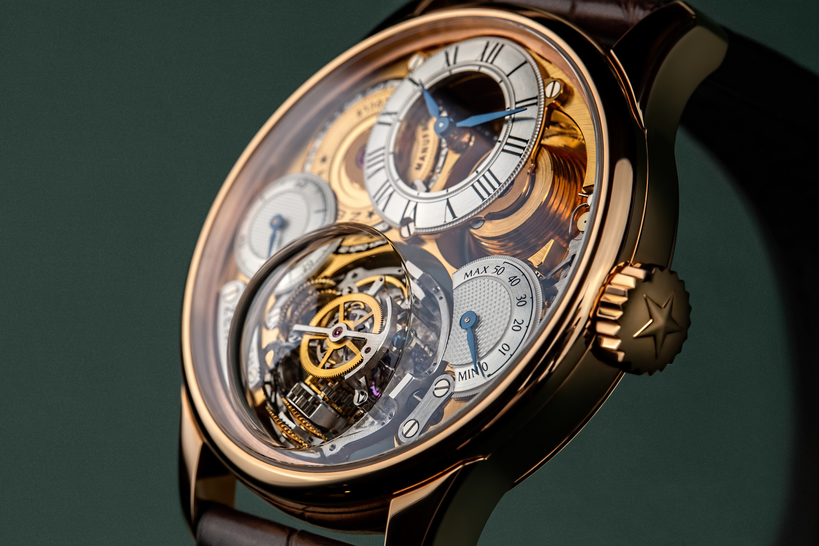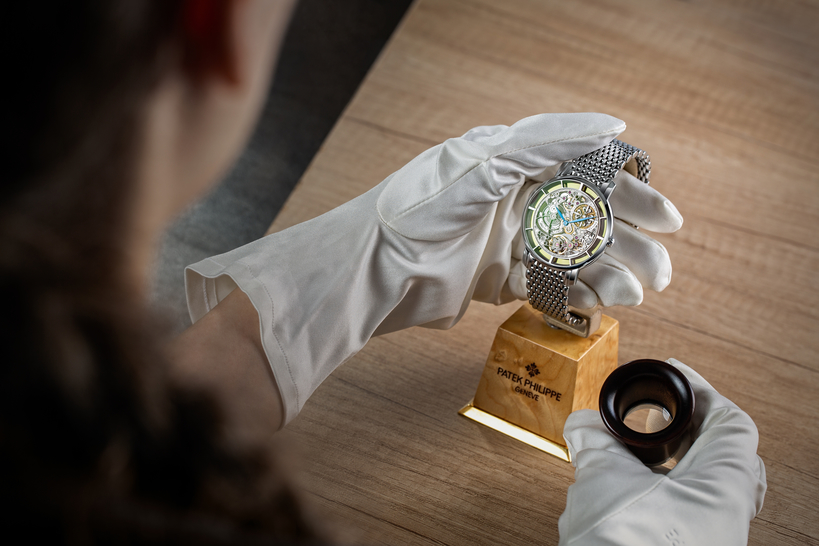When a brand already has its own style and outstanding technical achievements, it's time for something extraordinary.
Using a piece of meteorite for the dial plate is one such example. There’s nothing new about this idea but it's always a winner. The most popular meteorites for watches are pieces of the Gibeon meteorite found in Namibia in 1836 and the Muonionalusta meteorite first discovered in 1906 in Sweden, not far from the border with Finland.
The latter chosen by De Bethune is probably the oldest known meteorite on our planet. Some researchers believe this iron meteorite to be 4.5 billion years old, while estimates of when it collided with planet Earth loosely range from 15,000 to 800,000 years ago.
In any event, strapping the DB25 Starry Varius Aérolite on your wrist is a nice opportunity to feel a connection with the universe. It goes without saying that this choice of material makes every watch in the limited series unique.
Only five pieces are planned to be released per year. And as if that didn't make the watch unique enough, De Bethune is inviting buyers to choose a viewpoint of the starry sky from planet Earth at a specific time to be reproduced on the dial. Client's wishes will determine which constellations of white-gold stars come out to shine.
A blued surface has been achieved through thermal oxidation, seeing as Muonionalusta is an iron meteorite. They happen to be fairly rare with just 5-6% of all fallen meteorites being iron meteorites.
The resulting dial is a blue surface with cross-hatched geometric lines called Widmanstätten patterns, designed by nature itself. The case with hollowed lugs is made of lightweight titanium and measures 42 mm in diameter and 10.3 mm in height.
The dial center is framed by a scale with classic Roman numerals and polished steel hands gliding over them. The DB25 Starry Varius Aérolite model looks no less dramatic from behind, where the transparent caseback reveals a view of the titanium and silicon tourbillon with a frequency of 36,000 vph.
The tourbillon carriage has 63 components but still only weighs 0.18 g. This is understandable, given that the lightest element used in the construction weighs less than 1.0001 g. The engine powering the watch is the manually wound caliber DB2109V4, equipped with its own De Bethune balance spring.







